Exotic Mix in China’s Delivery of Moon Rocks
On 16 December 2020 the Chang’e-5 mission, China’s first sample return mission to the Moon, successfully delivered to Earth nearly two kilograms of rocky fragments and dust from our celestial companion.
Chang’e-5 landed on an area of the Moon not sampled by the NASA Apollo or the Soviet Luna missions nearly 50 years ago, and thus retrieved fragments of the youngest lunar rocks ever brought back for analysis in laboratories on Earth. The rocks are also different to those returned decades ago. Early-stage findings, which use geological mapping to link ‘exotic’ fragments in the collected samples to features near the landing site, have been presented by Mr Yuqi Qian, a PhD student at the China University of Geosciences, at the Europlanet Science Congress (EPSC) 2021 virtual meeting.
The Chang’e-5 landing site is located on the western edge of the nearside of the Moon in the Northern Oceanus Procellarum. This is one of the youngest geological areas of the Moon with an age of roughly two billion years. The materials scraped from the surface comprise a loose soil that results from the fragmentation and powdering of lunar rocks over billions of years due to impacts of various sizes.
The study presented by Qian suggests that ninety percent of the materials collected by Chang’e-5 likely derive from the landing site and its immediate surroundings, which are of a type termed ‘mare basalts’. These volcanic rocks are visible to us as the darker grey areas that spilled over much of the nearside of the Moon as ancient eruptions of lava. Yet ten percent of the fragments have distinctly different, ‘exotic’ chemical compositions, and may preserve records of other parts of the lunar surface as well as hints of the types of space rocks that have impacted the Moon’s surface.
Qian and colleagues from Brown University and the University of Münster have looked at the potential sources of beads of rapidly cooled glassy material. They have traced these glassy droplets to now extinct volcanic vents known as ‘Rima Mairan’ and ‘Rima Sharp’ located roughly 230 and 160 kilometres southeast and northeast of the Chang’e-5 landing site. These fragments could give insights into past episodes of energetic, fountain-like volcanic activity on the Moon.
The team has also looked at the potential sources of impact-related fragments. The young geological age of the rocks at the landing site narrows the search, as only craters with ages less than 2 billion years can be responsible, and these are relatively rare on the side of the Moon that faces Earth. The team has modelled the potential contributions from specific craters to the south and southeast (Aristarchus, Kepler, and Copernicus), northwest (Harding), and northeast (Harpalus). Qian’s findings show that Harpalus is a significant contributor of many exotic fragments among Chang’e-5’s sample haul, and these pieces of rock could offer a way to address persisting uncertainty about this crater’s age. Some fragments may have been thrown into Chang’e-5 landing area from nearly 1,300 kilometres away.
Modelling and review of work by other teams has linked other exotic pieces of rock to domes rich in silica or to highland terranes, mountains of pale rock that surround the landing site.
“All of the local and exotic materials among the returned samples of Chang’e-5 can be used to answer a number of further scientific questions,” said Qian. “In addressing these we shall deepen our understanding of the Moon’s history and help prepare for further lunar exploration.”
Presentation
Qian, Y., Xiao, L., Head, J., van der Bogert, C., and Hiesinger, H.: The Exotic Materials at the Chang’e-5 Landing Site, Europlanet Science Congress 2021, online, 13–24 Sep 2021, EPSC2021-447, https://doi.org/10.5194/epsc2021-447, 2021.
Images
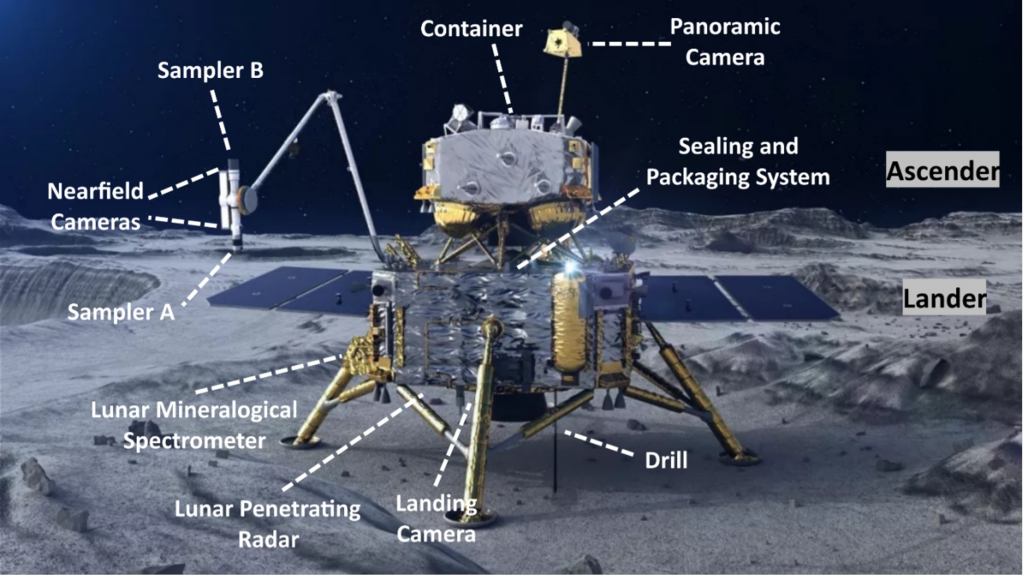
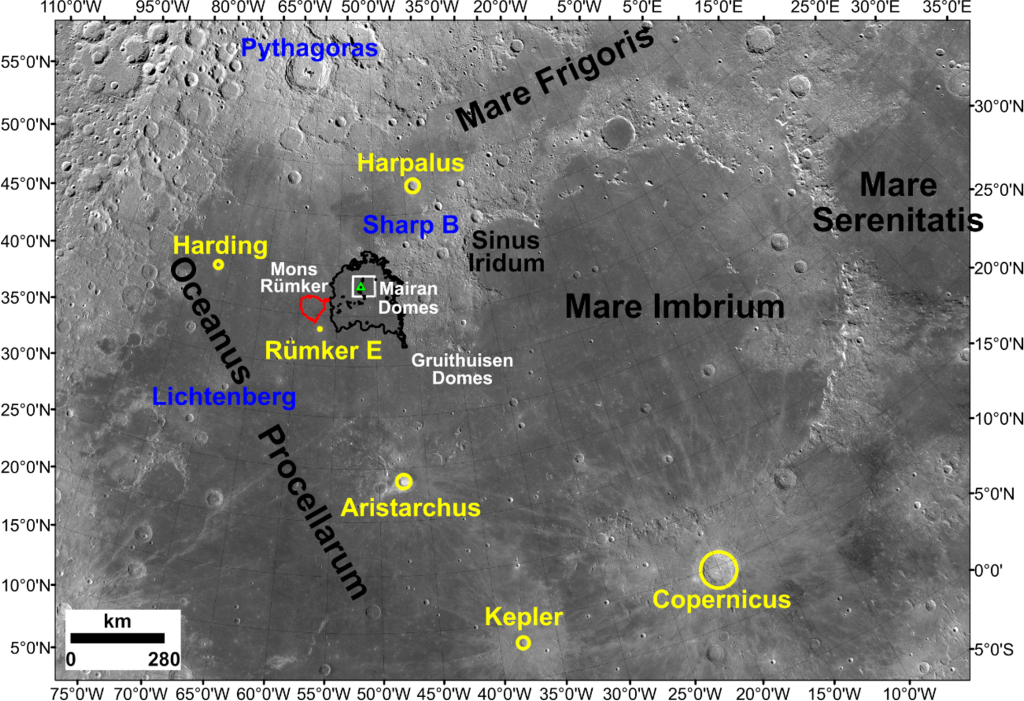
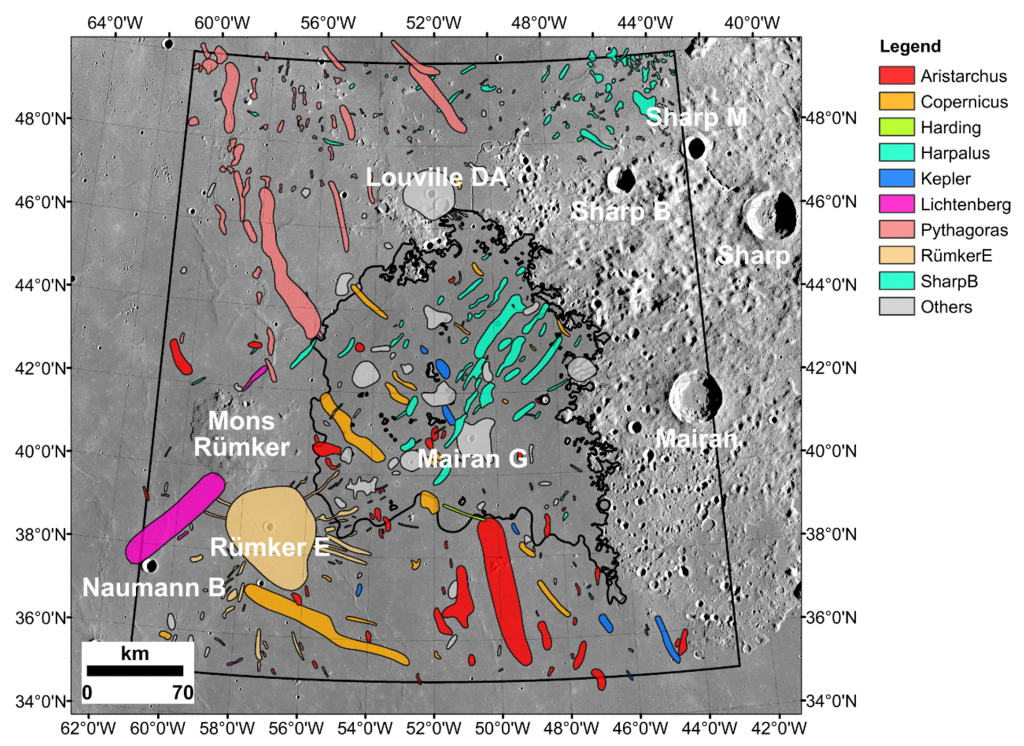
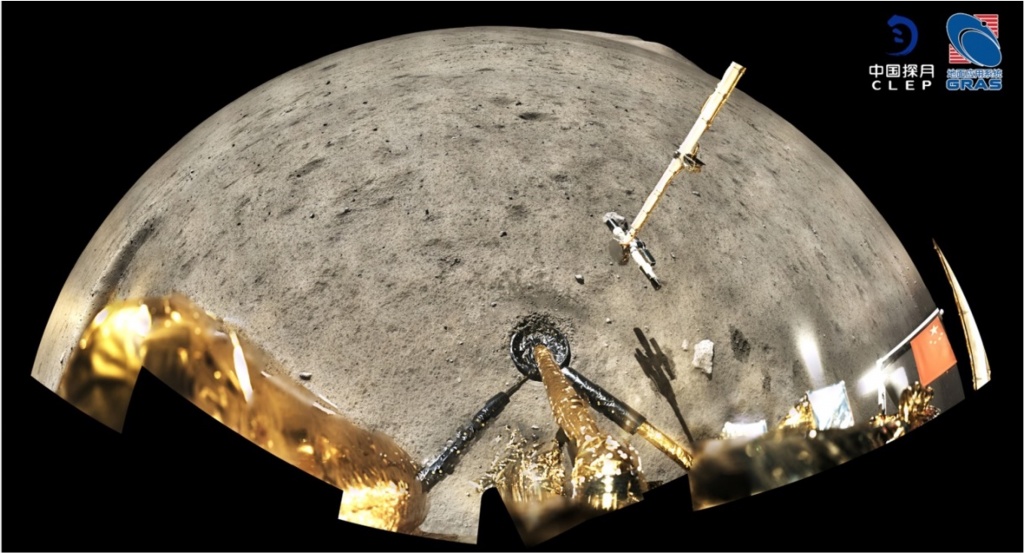
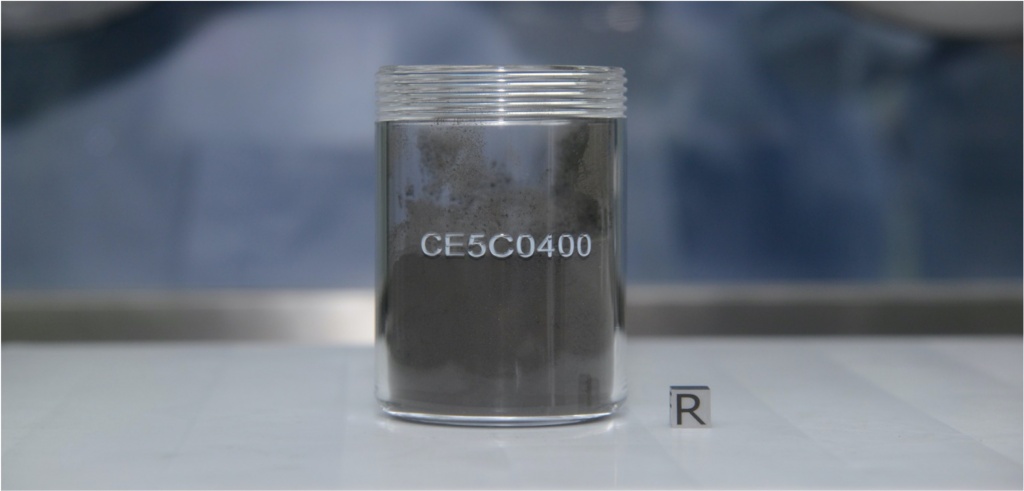
Video
EPSC2021 Video presentation of Yuqi Qian et al. given at the Europlanet Science Congress 2021 virtual on YouTube:
Further information
All sample information and data collected by the Chang’e-5 mission and China’s other planetary missions can be found at this website – https://moon.bao.ac.cn/web/enmanager/home. Additional images of studied samples can be obtained from this source.
Science contact
Yuqi Qian
PhD Candidate
Planetary Science Institute, School of Earth Sciences
China University of Geosciences (Wuhan)
388 Lumo Road, Hongshan Dist., Wuhan, 430074, China
yuqii.qian@gmail.com
@Yuqii.Qian
Media contacts
EPSC2021 Press Office
epsc-press@europlanet-society.org
About the Europlanet Science Congress (EPSC)
The Europlanet Science Congress (https://www.epsc2021.eu/), formerly the European Planetary Science Congress, is the annual meeting place of the Europlanet Society. With a track record of 15 years, and regularly attracting around 1000 participants, EPSC is the largest planetary science meeting in Europe. It covers the entire range of planetary sciences with an extensive mix of talks, workshops and poster sessions, as well as providing a unique space for networking and exchanges of experiences.
Follow on Twitter via @europlanetmedia and using the hashtag #EPSC2021.
EPSC2021 is sponsored by Space: Science & Technology (https://spj.sciencemag.org/journals/space/ ), a Science Partner Journal.
About Europlanet
Since 2005, Europlanet (www.europlanet-society.org) has provided Europe’s planetary science community with a platform to exchange ideas and personnel, share research tools, data and facilities, define key science goals for the future, and engage stakeholders, policy makers and European citizens with planetary science.
The Europlanet 2024 Research Infrastructure (RI) has received funding from the European Union’s Horizon 2020 research and innovation programme under grant agreement No 871149 to provide access to state-of-the-art research facilities and a mechanism to coordinate Europe’s planetary science community.
The Europlanet Society promotes the advancement of European planetary science and related fields for the benefit of the community and is open to individual and organisational members. The Europlanet Society is the parent organisation of the European Planetary Science Congress (EPSC).

